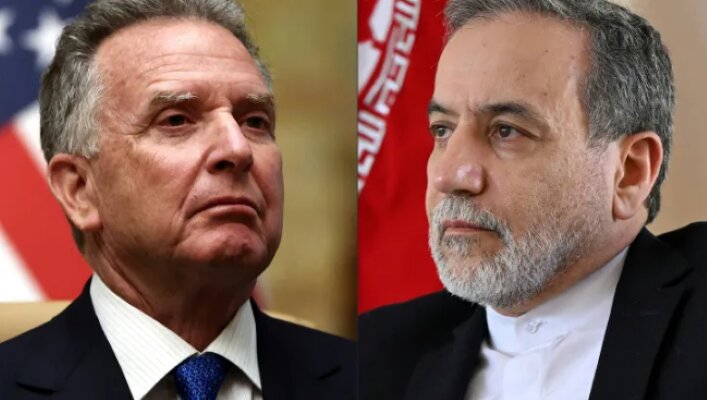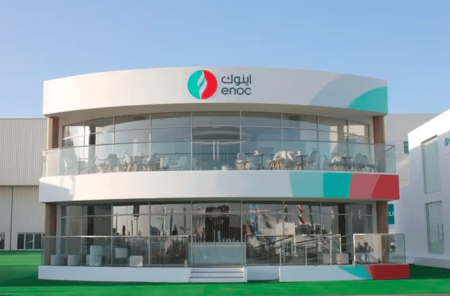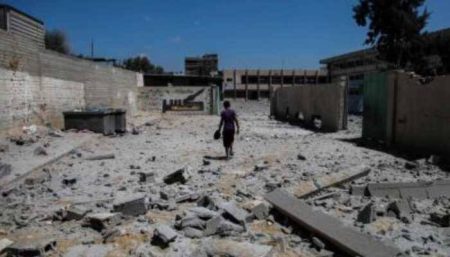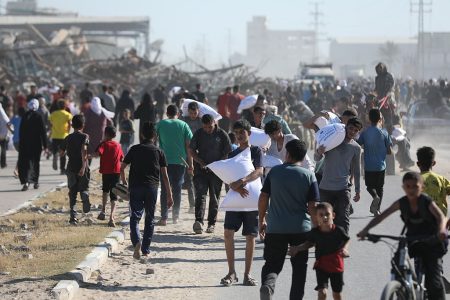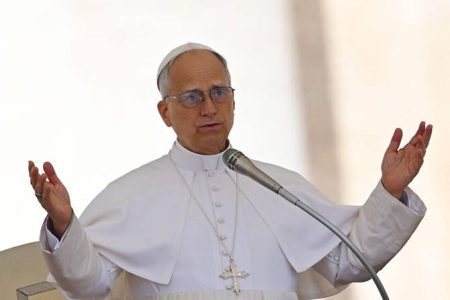The United States has shared a new plan with Iran in the latest round of nuclear talks. These discussions have been ongoing, with five rounds already held between the two nations. The most recent meeting took place in Rome. Despite high hopes, it ended without any final agreement. However, the new proposal may open a new path forward.
The current plan, presented by US special envoy Steve Witkoff, includes an idea to set up a regional partnership. This group would help Iran build nuclear energy for peaceful use. The idea is to involve other countries in the region, such as Saudi Arabia and a few Arab states. The United States believes this will help reduce tensions and build trust.
Iran has responded to the proposal but has not given a final answer. According to Iranian officials, the country will consider the new suggestions carefully. Iran said it will act in line with the interest of its people and its national goals. The response was measured, showing that Iran is open to talking but still cautious about the details.
The United States and Iran have had a long and difficult history when it comes to nuclear issues. In 2015, both countries agreed to the Joint Comprehensive Plan of Action, also known as the Iran nuclear deal. Under that deal, Iran agreed to limit its nuclear activities in exchange for fewer economic sanctions. Many international observers saw it as a step toward peace.
In 2018, the US pulled out of that deal during the Trump administration. After the US exit, Iran increased its nuclear program activities. This caused fresh concerns around the world. The current Biden administration has said it wants to return to the deal, but only if Iran also follows the rules of the original agreement.
Since the US exit, Iran has begun enriching uranium to higher levels. This raises fears that it might be getting closer to the ability to build nuclear weapons. Iran has always said its nuclear work is only for peaceful energy use. Still, many countries remain worried.
The new idea of forming a regional group to help with nuclear power may help ease these concerns. The plan would allow Iran to develop nuclear energy while being part of a shared effort. Countries like Saudi Arabia, who often disagree with Iran, would be involved. That could help reduce conflict in the region.
The United States hopes that shared projects like this could lead to better ties among countries in the Middle East. At the same time, strict rules would need to be followed. International organizations like the International Atomic Energy Agency would likely monitor all activities to make sure nuclear materials are not misused.
Even though the latest round of talks did not end in a deal, experts say the new proposal is a creative way to move forward. It shows that the US is still interested in finding a peaceful solution. It also gives Iran a chance to continue its energy program in a way that builds trust.
Iran’s cautious reply suggests that the country is weighing its options. While it has not accepted the deal, it also has not rejected it. This leaves the door open for more talks in the near future.
At this time, there is no set date for the next round of discussions. Both countries are expected to talk further, either directly or through intermediaries. Some European nations and the United Nations have shown support for continued dialogue.
Observers say that many issues remain. Trust is still low, and both sides want clear benefits. Iran wants all sanctions lifted. The US wants strong promises that Iran will not try to build nuclear weapons. It is a hard balance to reach, but both countries seem to agree that talking is better than fighting.
The coming weeks will be important. If Iran agrees to explore the regional plan, it could be a major shift in how the nuclear issue is handled. If not, talks could stall again, and tensions might rise.
The world will be watching to see what happens next. A peaceful solution could help reduce fear and conflict in the Middle East. It would also show that diplomacy still works, even in tough situations.





